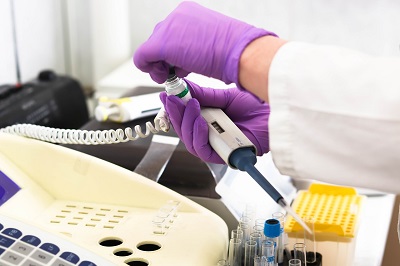How to apply for FDA certification of medical devices? Where to apply?
Release time:2024-08-02 10:20:10
The author:
source:
Identify the correct classification (Class I, II, or III) of your medical device based on its intended use, risk level, and the regulatory controls applicable to each class.
To apply for FDA certification (approval or clearance) of medical devices, you need to follow specific procedures and submit your application to the appropriate FDA center based on the device type and classification. Here’s a step-by-step guide on how to apply for FDA certification:
Steps to Apply for FDA Certification of Medical Devices:
Determine Device Classification:
- Identify the correct classification (Class I, II, or III) of your medical device based on its intended use, risk level, and the regulatory controls applicable to each class.
Select Regulatory Pathway:
- Class I Devices: Most are exempt from Premarket Notification (510(k)), except those with new intended uses or technologies.
- Class II Devices: Require a Premarket Notification (510(k)) demonstrating substantial equivalence to a legally marketed predicate device.
- Class III Devices: Require a Premarket Approval (PMA) application, involving comprehensive scientific evidence of safety and effectiveness.
Prepare Required Materials:
- Gather all necessary documentation, including device description, intended use, risk assessment, testing results, clinical data (if applicable), labeling, and manufacturing information.
Submit Your Application:
- File your submission electronically through the FDA's designated portals:
- 510(k) Submission: Use FDA’s eSubmitter or CDRH eSubmitter system.
- Premarket Approval (PMA): Submit through the FDA’s electronic submission gateway (ESG) or CBER eSubmitter.
- File your submission electronically through the FDA's designated portals:
Pay FDA User Fees:
- Include payment of FDA user fees applicable to your submission type (510(k) or PMA). These fees support the review process and vary based on submission type and business size.
FDA Centers for Submission:
- Center for Devices and Radiological Health (CDRH): Handles submissions for most medical devices.
- Center for Biologics Evaluation and Research (CBER): Manages submissions for certain biological medical products.
FDA Review Process:
- The FDA will review your submission to ensure it meets regulatory standards for safety and effectiveness.
- This process may involve multiple rounds of review, requests for additional information, or clarifications.
Facility Inspection (if applicable):
- Certain devices may require an inspection of manufacturing facilities to assess compliance with Quality System Regulation (QSR).
FDA Decision:
- If your application is successful, the FDA will issue an approval or clearance letter.
- This allows you to legally market and distribute your device in the United States.
Additional Considerations:
- Regulatory Expertise: Consider consulting with regulatory experts or using FDA resources to navigate the process effectively.
- Timeline: Plan for potential delays in the review process, especially for PMA applications.
- Compliance: Ensure all materials and processes comply with FDA regulations and guidelines.
- Post-Market Requirements: Understand post-market surveillance requirements, adverse event reporting, and other FDA regulations applicable to your device.

Contact Us:
Whatsapp or Wechat:+86 15816864648;email address:hito.lin@grzan.cn
.png)
.jpg)
.png)

.png)